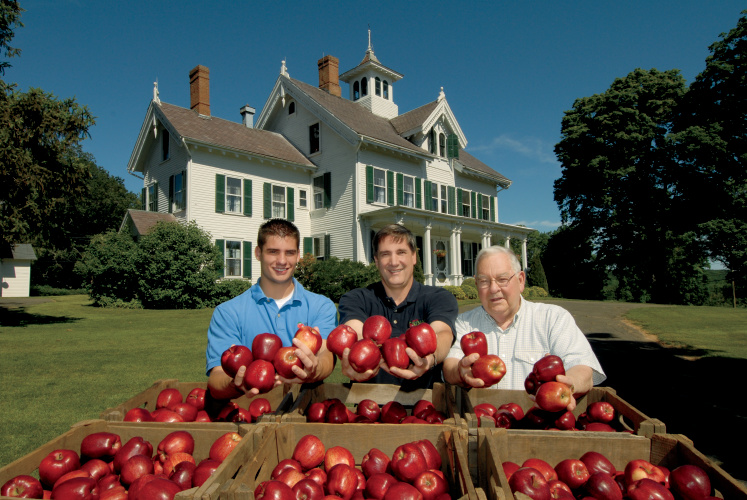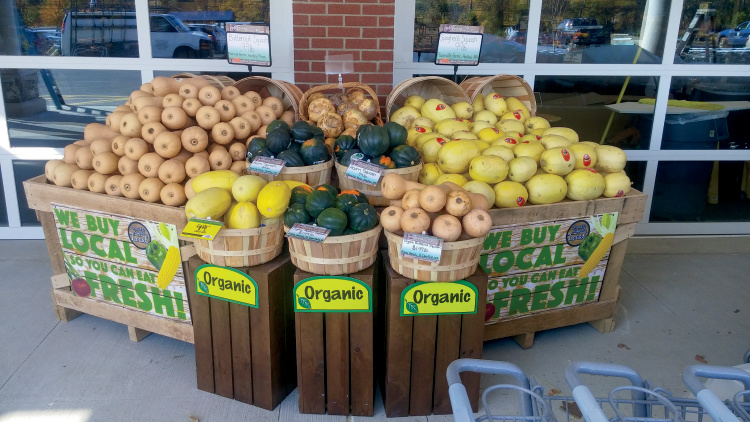Home > Connecticut > Connecticut Farm to Table > Connecticut Retailers Strive to Source Products Locally
Connecticut Retailers Strive to Source Products Locally
Connecticut residents live in a state bursting with an abundance of agricultural diversity. From seafood to diverse fruits and vegetables, it’s no wonder the word “locavore” has found its place in Connecticut vernacular.
Connecticut’s Local Flavor
Connecticut consumers have more than 100 farm stands and stores and over 120 farmers’ markets to browse for local food. With shopping bags in tow, consumers can peruse neighborhood markets in search of everyday staples or specialty items, like maple syrup fresh from the sugarhouses or any of the state’s 60 varieties of crisp, delicious apples.
But what if someone can’t make it to the next farmers’ market or needs an ingredient before their next CSA (Community Supported Agriculture) shipment? CSAs allow consumers to buy a subscription of shares of fresh produce, meat and more from farmers.
Fortunately for residents of the Constitution State, Connecticut producers are forging relationships with local and chain distributors across the state, making it easier for consumers to purchase farm products grown in their own backyard regardless of the day of the week.
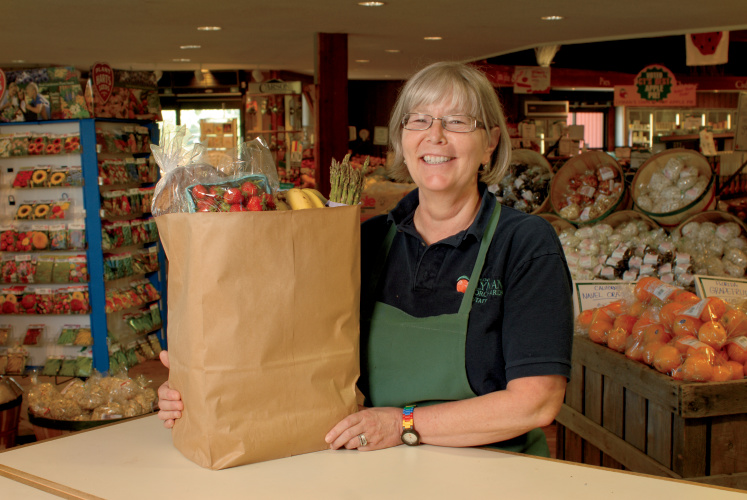
Producer and Distributor Partnerships
“We take great pride in sourcing from local farms and producers in our communities,” Big Y sales manager Sean Stolarik says.
Founded 83 years ago, Big Y earned its stripes in Massachusetts before expanding into Connecticut in the late 1980s. Today, they are considered one of the largest independently owned supermarket chains in all of New England – and they make it a priority to fill their shelves with a variety of local products.
“CSAs and farm stands are great ways for consumers to purchase local goods,” Stolarik says. “Our role is to make that process more convenient by offering a wide variety of those same local products available to our customers during their shopping trips throughout the entire year.”
Direct-to-consumer methods like farmers’ markets and CSAs are becoming increasingly popular. The partnership between Connecticut farmers and distributors proves mutually beneficial as most people still purchase the bulk of their food from their neighborhood grocery and mass market stores.
Expanding the Customer Base
“When we outgrew our farm stand customer base about 30 years ago, we decided to develop relationships with independent and local grocery stores,” says Donald Preli, owner of Belltown Hill Orchards.
Tucked in the hills of South Glastonbury, this fourth-generation farm offers blueberries, sweet cherries, pick-your-own apples and more. Today, their produce is found in one major grocery chain and six independent grocery stores.
“Getting our produce to people who can’t always come to the orchard is crucial to our farm’s sustainability,” Preli says. “It’s the reason we’ve been able to farm for more than a century and continue growing in Connecticut.”
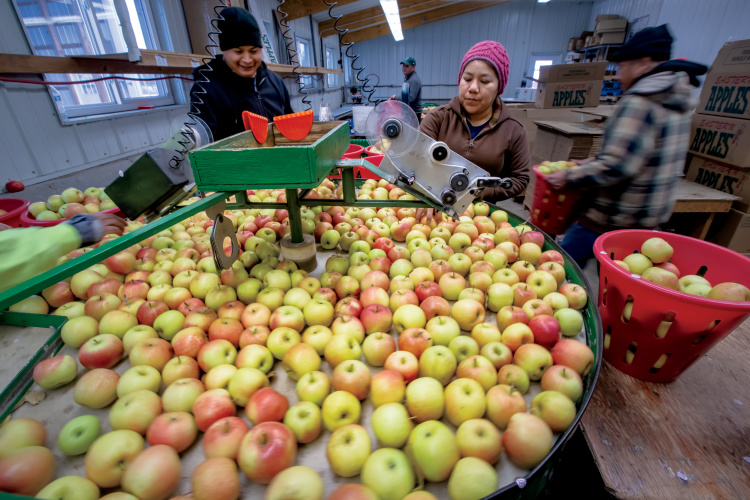
Developing Distributor Relationships
There’s nothing stopping individual farms from reaching out to distributors on their own, or vice versa. But local producer advocacy groups, including the Connecticut Farm Bureau and the Connecticut Department of Agriculture, have gone above and beyond to connect interested parties.
“The Department of Agriculture does a great job linking farmers and retailers through buyer meetings,” Preli says. “These give producers the chance to meet face-to-face with buyers to learn their needs and requirements.”
While farmers get the chance to find the right distributor, distributors get to meet with multiple producers at once.
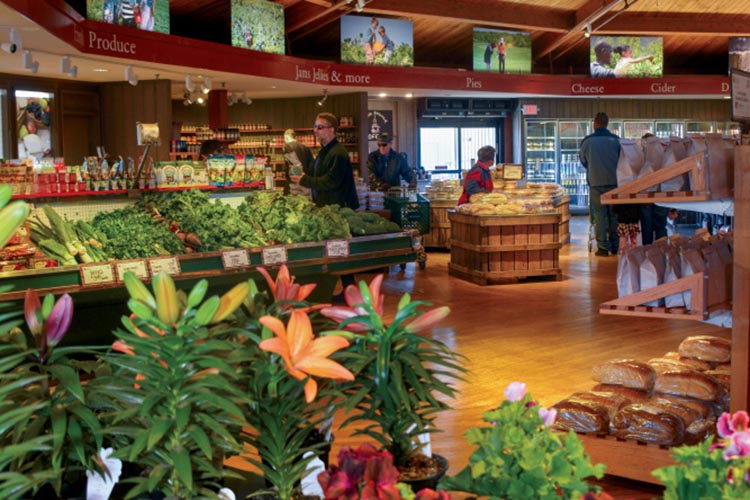
For a company like Big Y, this is vital. The supermarket chain works with more than 175 local partners, including Lyman Orchards, The Farmer’s Cow, Cecarelli Farms, Botticello Farms, Ashlawn Farm Coffee, Mountain Dairy, Fair Weather Acres, Deercrest Farm and Chmura Farms.
“These partnerships allow us to bring local producers and consumers together,” Stolarik says. “We’re able to contribute to a local producer’s growth while helping our customers by creating a one-stop shop for the local products they want to buy. Most importantly, these dollars stay within the community, helping local businesses continue to grow and thrive.”




